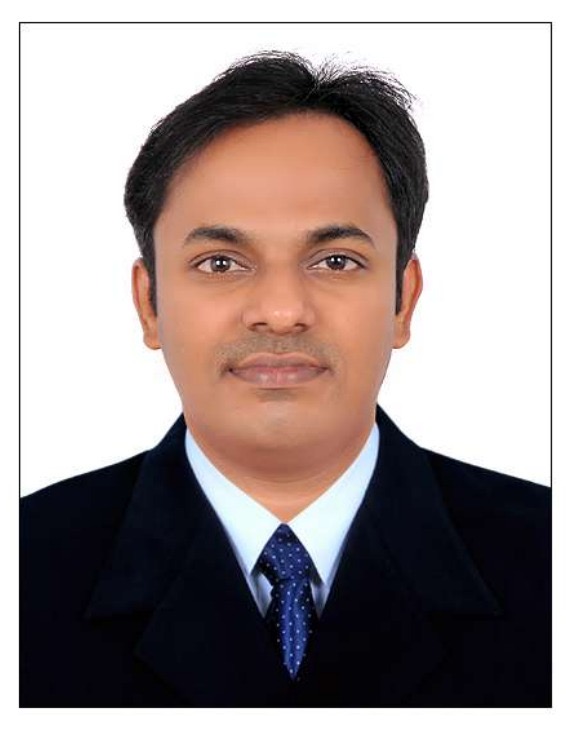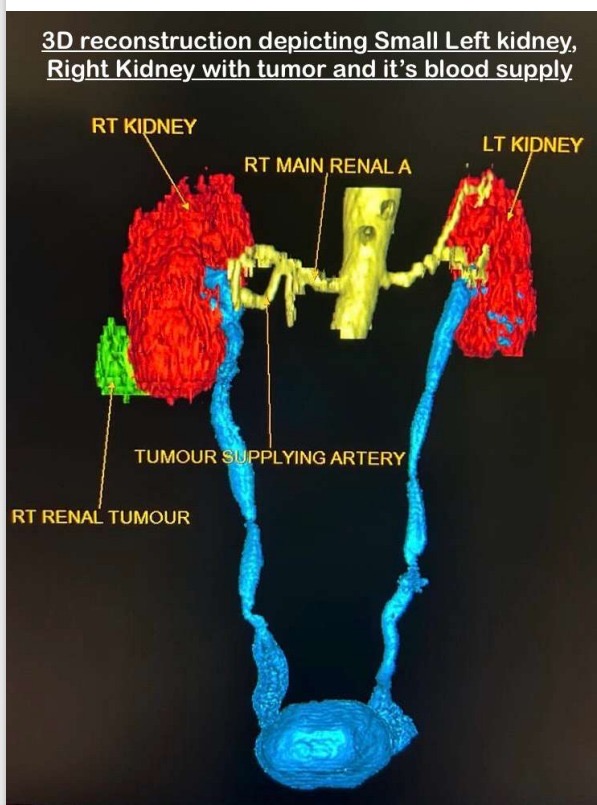● The 71-year-old patient has chronic diabetic and hypertensive condition, and one of his kidneys is dysfunctional.
● Both open technique and laparoscopic surgery were not considered safe, given the patient’s age, chronic health conditions, and the tumour’s location.
Chennai, February 29, 2024: Sai Uro Clinic, among Chennai’s leading centres for advanced urology, uro-oncology and robotic surgery, employed cutting-edge robotic surgical technology to remove a tumor from the right kidney of a 71-year-old male. The intervention was also critical to avert the imminent risk of dialysis dependency for the patient, whose left kidney had long ceased functioning.


The robotic surgery was the only safest option for the patient to get rid of the tumour, as both the open technique and laparoscopic surgery could prove to be too risky, given the patient’s age, chronic health conditions as well as the challenges posed by the tumor’s location in the right kidney. Any major surgical stress like hypotension (low blood pressure) or torrential bleeding could make the patient’s kidney lose the remaining function and result in dialysis dependency for the rest of his life.
The surgical team, led by Dr. Vasantharaja Ramasamy, Managing Director, Sai Uro Clinic, and Senior Consultant in Uro-oncology, and Dr. Aarthy P, Robotic Surgeon, performed ‘partial nephrectomy’, a surgery to remove a part of a kidney. The team chose an advanced robotic system for the surgery primarily to ensure precision. The procedure is hailed as ‘nephron-sparing surgery’ as it prevents blood from reaching the tumor region, while allowing it to flow to the functioning nephrons, kidney’s filtering units.
The surgery was a success. The patient had very minimal blood loss (less than 50 ml) and did not require intensive care monitoring or dialysis support after the surgery. The kidney function too remained unaffected. Hence, the patient was discharged within 48 hours from the hospital.
In his comments, Dr. Vasantharaja Ramasamy, said that the patient had a tumor measuring 3.5 cm in his right kidney. He was ailing from a chronic kidney disease with his right kidney having a borderline function and his left kidney had already shrunken long back due to recurrent infection. He is also a diabetic and hypertensive patient who is on regular medications. His nephrologist was managing his renal condition conservatively on fluid restriction.
Dr Ramasamy added that the team decided to perform a partial nephrectomy using an advanced robotic system to ensure precise dissection of the kidney and removal of the tumour, which was in the lower part of the right kidney, close to the urine draining path exiting from the kidney. The team also faced the challenge of managing the blood supply to the kidney region. “Kidney is a highly vascular structure. It gets one fifth of the blood supply from the heart. Hence, we need to close the main vascular supply to the kidney in any kidney surgery to avoid catastrophic bleeding during tumor excision and suturing. However, in our case, we could not close the main supply as it would cut off the entire blood supply to the only functioning kidney.”
In an innovative approach, the surgical team constructed a 3D model of the blood supply of the affected kidney and used ‘firefly technique’ which uses a dye to make the vascular structure visible in fluorescent imaging in real time. “We dissected the lower branch of the kidney’s main blood supply in firefly fluorescent mode. This new technique in the robotic system helped us maintain the blood supply to the rest of the functioning nephrons, while blocking the supply to the tumor region. The patient had very minimal blood loss (less than 50 ml),” Dr Ramasamy explained.
The surgery was eventless. The patient did not require intensive care monitoring or dialysis support after the surgery. Since the kidney function too remained unaffected, the patient was discharged within 48 hours from the hospital.






More Stories
Iswarya Hospital, Chennai Successfully Removed 6 cm Tumor from Heart of a 63-Year-Old Man
விளையாட்டுத் திறமைகளை கொண்ட மாணவர்களையும் உடற்தகுதி ஆசிரியர்களையும் வெலம்மாள் நெக்சஸ் பாராட்டுகிறது
தமிழ்நாடு ஆதி ஆந்திரா அருந்ததியர் மகாசபா துணை தலைவர் ஊட்டுகூரி தேவதானம் அவர்களின் பிறந்தநாள் விழா